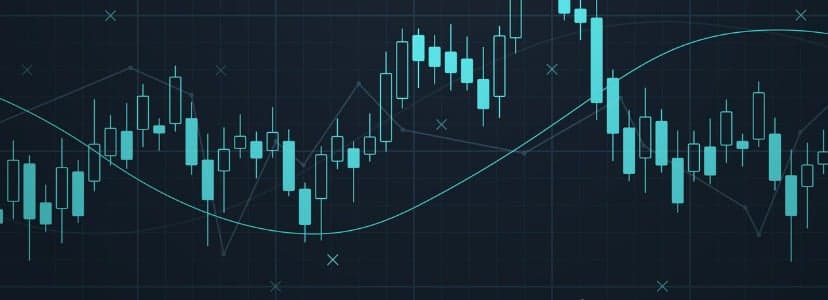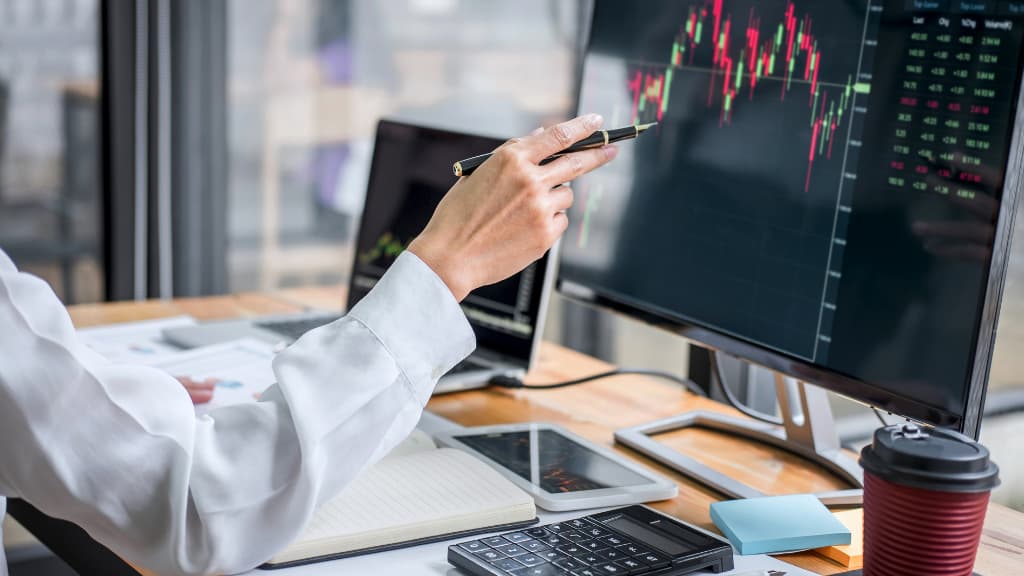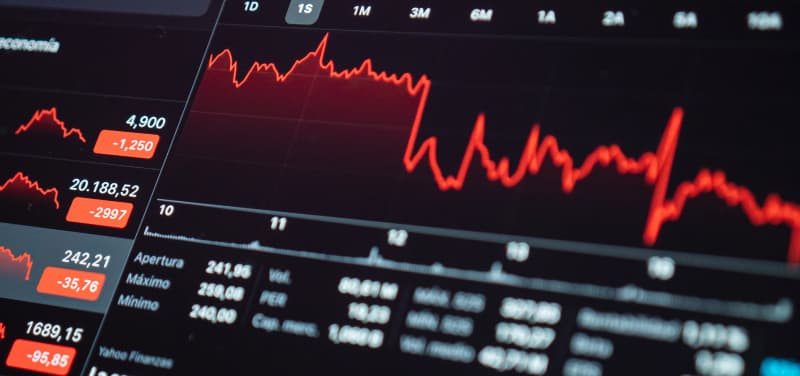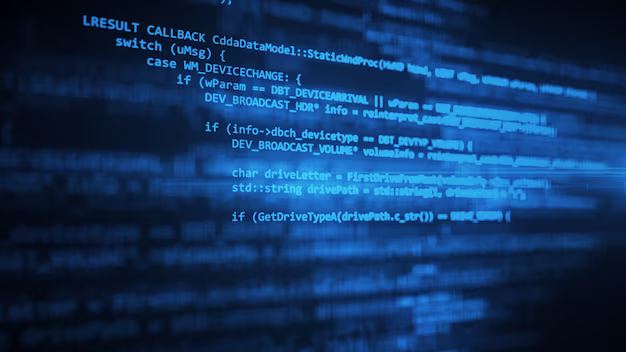In the past decade, trading forex has shifted from a field dominated by manual strategies and intuition to one increasingly influenced by data-driven techniques. One of the key forces behind this shift is machine learning (ML). Through improved processing power and access to large datasets, ML is enabling traders and platforms to process information in ways that were not previously possible.

The Rise of Data in Trading Forex
Forex markets generate large volumes of data every second. Currency prices react to news events, economic reports, and political developments in real time. Traditional trading methods often rely on lagging indicators and historical patterns that can be difficult to adjust quickly in fast-moving markets.
Machine learning models offer a new approach by identifying patterns in real time and updating themselves based on fresh data. This is particularly useful in trading forex, where market conditions shift rapidly. Algorithms can now process years of historical data alongside live feeds to improve decision-making accuracy.
Algorithmic Trading and Strategy Development
One of the most significant changes driven by machine learning is in the development of automated trading strategies. These systems, known as algorithmic traders, execute trades based on pre-set rules and continuously updated models.

Machine learning allows these systems to:
- Identify patterns and correlations that are not obvious to human traders.
- Adjust parameters dynamically based on live market data.
- Perform backtesting at scale to evaluate the effectiveness of strategies across various market conditions.
For example, supervised learning models can classify market states and suggest likely outcomes, while unsupervised models can cluster similar market behaviors to detect trends or anomalies.
An increasing number of forex brokers now offer APIs that allow integration of custom ML-based algorithms into their platforms. Platforms that support MT4 Android are popular among traders who build and run these models from mobile devices.
Risk Management and Anomaly Detection
Machine learning also plays an essential role in risk management. Given the volatility of the forex market, robust risk controls are necessary for both individual traders and institutional participants.

ML algorithms can monitor trading activity in real time to detect behaviors that indicate excessive risk-taking or the presence of technical anomalies. Examples include:
- Flagging unusual position sizes relative to account balance.
- Monitoring leverage usage.
- Detecting sudden changes in market volatility and recommending position adjustments.
Reinforcement learning models can also assist in improving hedging strategies by continuously learning from market responses and improving the timing of protective trades.
Sentiment Analysis from Unstructured Data
Another valuable application of ML in trading forex is sentiment analysis. Markets do not move purely based on technical signals or economic data; they also react to sentiment driven by news, social media, and public statements.
Machine learning models trained on natural language processing (NLP) can scan millions of articles, posts, and official statements in real time to gauge sentiment around specific currencies. These sentiment scores are then incorporated into trading models to adjust positioning dynamically.
Traders who use trading forex platforms with advanced data feeds often include sentiment indicators alongside traditional charts from resources like tradingview.com.
Improved Execution and Order Management
Execution quality has always been an important factor in trading forex. Slippage, latency, and order routing decisions directly affect profitability. Machine learning now helps improve order execution in several ways:
- Predictive models forecast short-term price movements and select the optimal moment to execute orders.
- Smart order routing algorithms choose among liquidity providers to obtain the best available price.
- Adaptive models can modify order types (limit, market, iceberg) based on current market depth and volatility.
These enhancements contribute to better overall performance, particularly for high-frequency and institutional traders.
Personalized Trading Tools
Machine learning is also reshaping the user experience for individual traders. Many forex platforms now incorporate ML-driven tools to support personalized trading approaches. Examples include:
- Automated trade recommendations based on a user’s historical trading patterns.
- Dynamic risk profiling that adjusts based on observed behaviors.
- Adaptive dashboards that highlight relevant market opportunities.

For instance, traders interested in trading emas online can receive recommendations and signals that specifically match gold trading strategies, based on their activity history.
Limitations and Considerations
While machine learning offers substantial benefits, it is not without limitations. Forex markets are affected by unpredictable macroeconomic and political events that can invalidate historical patterns. Machine learning models trained purely on historical data may struggle during such periods.
Moreover, the complexity of ML-based systems increases the risk of overfitting — where models perform well on training data but poorly in live markets. Rigorous testing, continuous monitoring, and appropriate model governance are necessary to mitigate these risks.
It is also worth noting that while larger institutional traders can afford the computational resources required for sophisticated ML models, retail traders must be cautious about the promises made by commercially available black-box systems.
The Future of Trading Forex with Machine Learning
Machine learning will continue to evolve in trading forex. Ongoing improvements in model architecture, data processing speed, and the availability of alternative data sources will fuel this progress.
Traders should also expect to see greater use of:
- Hybrid models combining ML with traditional statistical techniques.
- Real-time adaptive systems that respond to changing market regimes.
- Collaborative models where human traders and algorithms work in tandem.
As reported by investopedia.com, the trend toward data-driven trading is not limited to large institutions. Individual traders are increasingly experimenting with ML-driven tools and techniques, either by building their own models or by using advanced features built into modern platforms.
Conclusion
Machine learning is changing the way trading forex platforms operate. From strategy development and execution to risk management and sentiment analysis, ML technologies are offering traders new tools to navigate highly dynamic markets.
As always, careful model selection, sound risk management, and an understanding of each model’s limitations remain key. The goal is not to replace human judgment but to augment it with deeper, faster insights drawn from data.
By integrating machine learning thoughtfully, traders and platforms alike can adapt more effectively to the constant changes that define the forex market.


